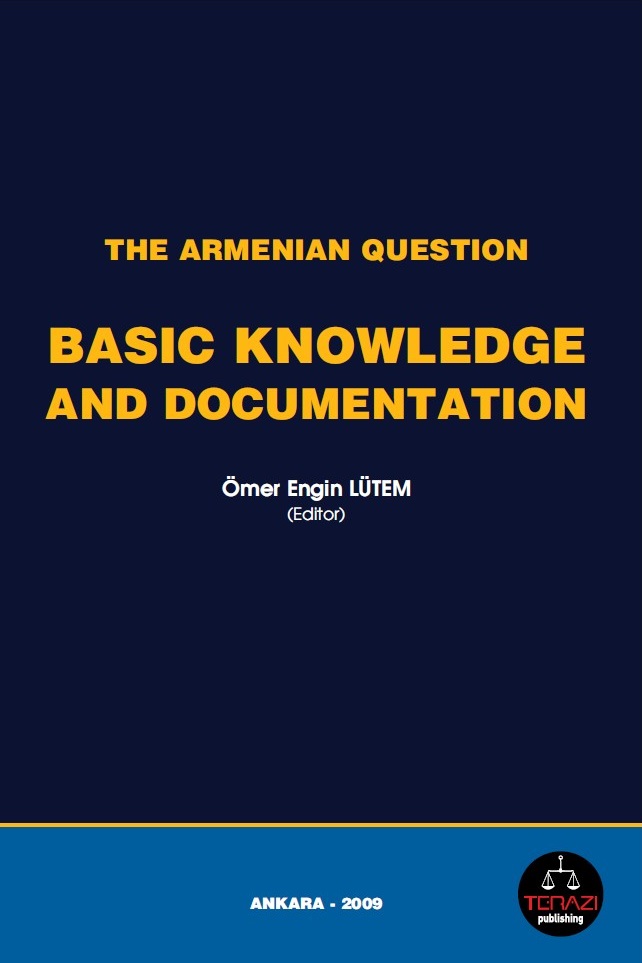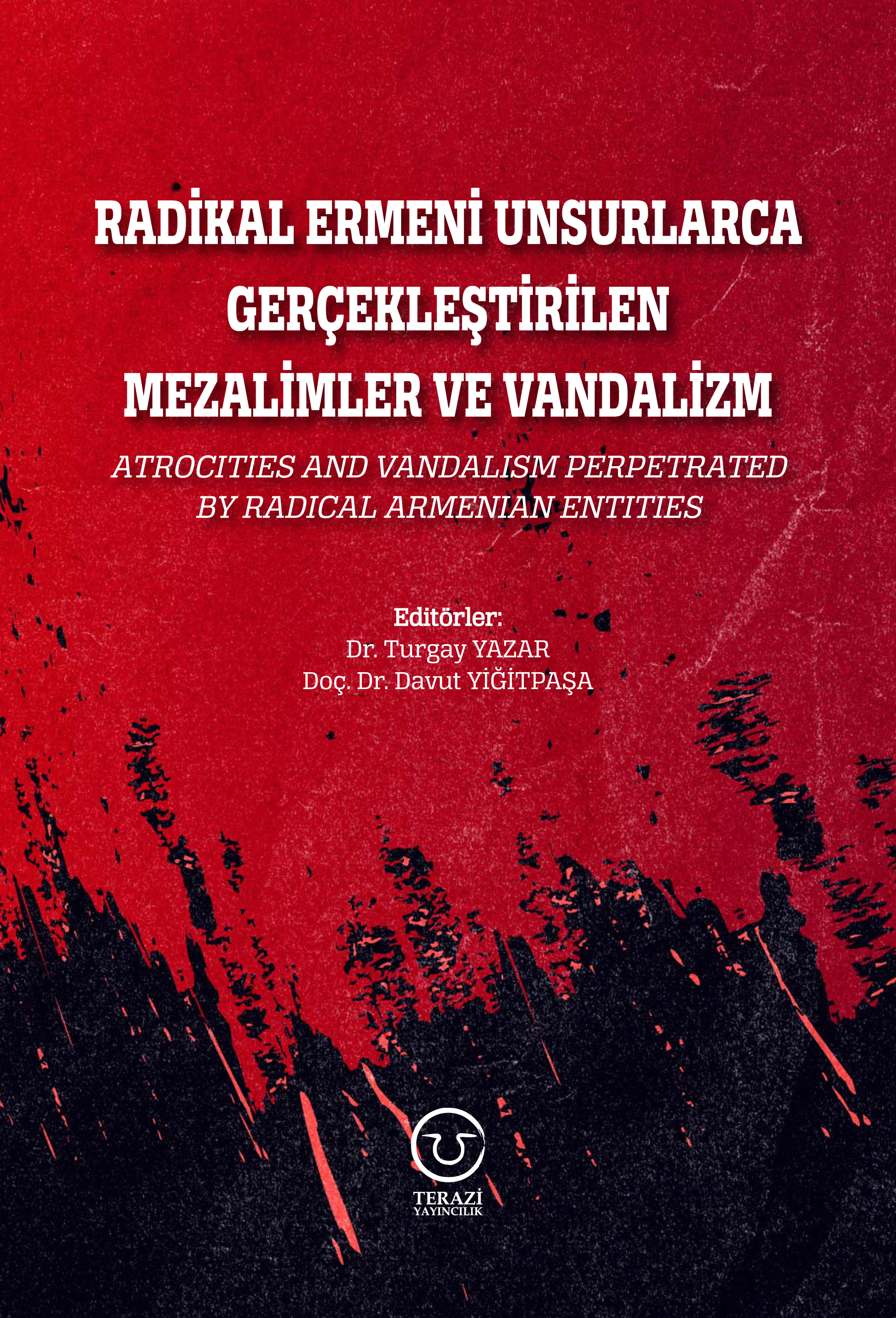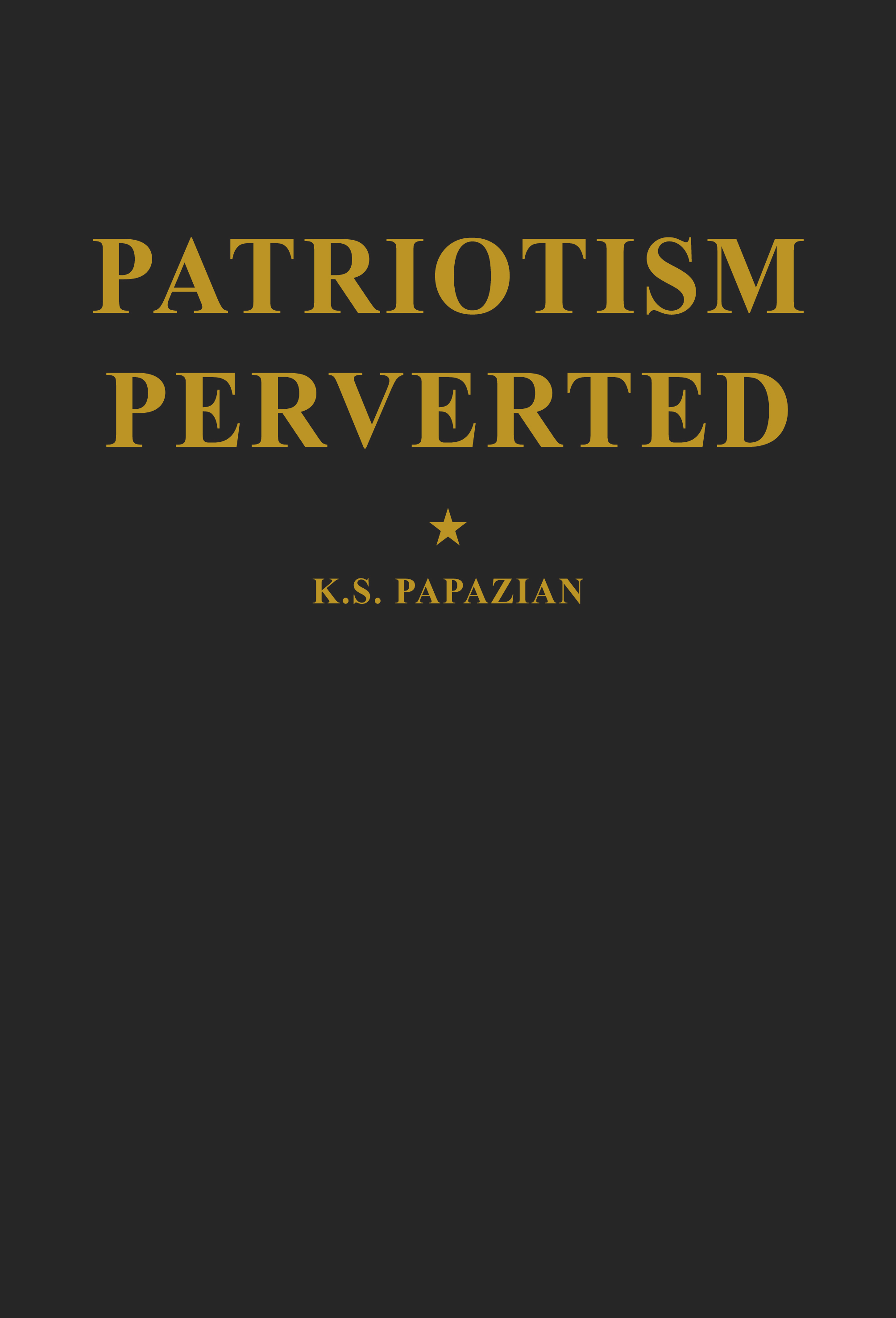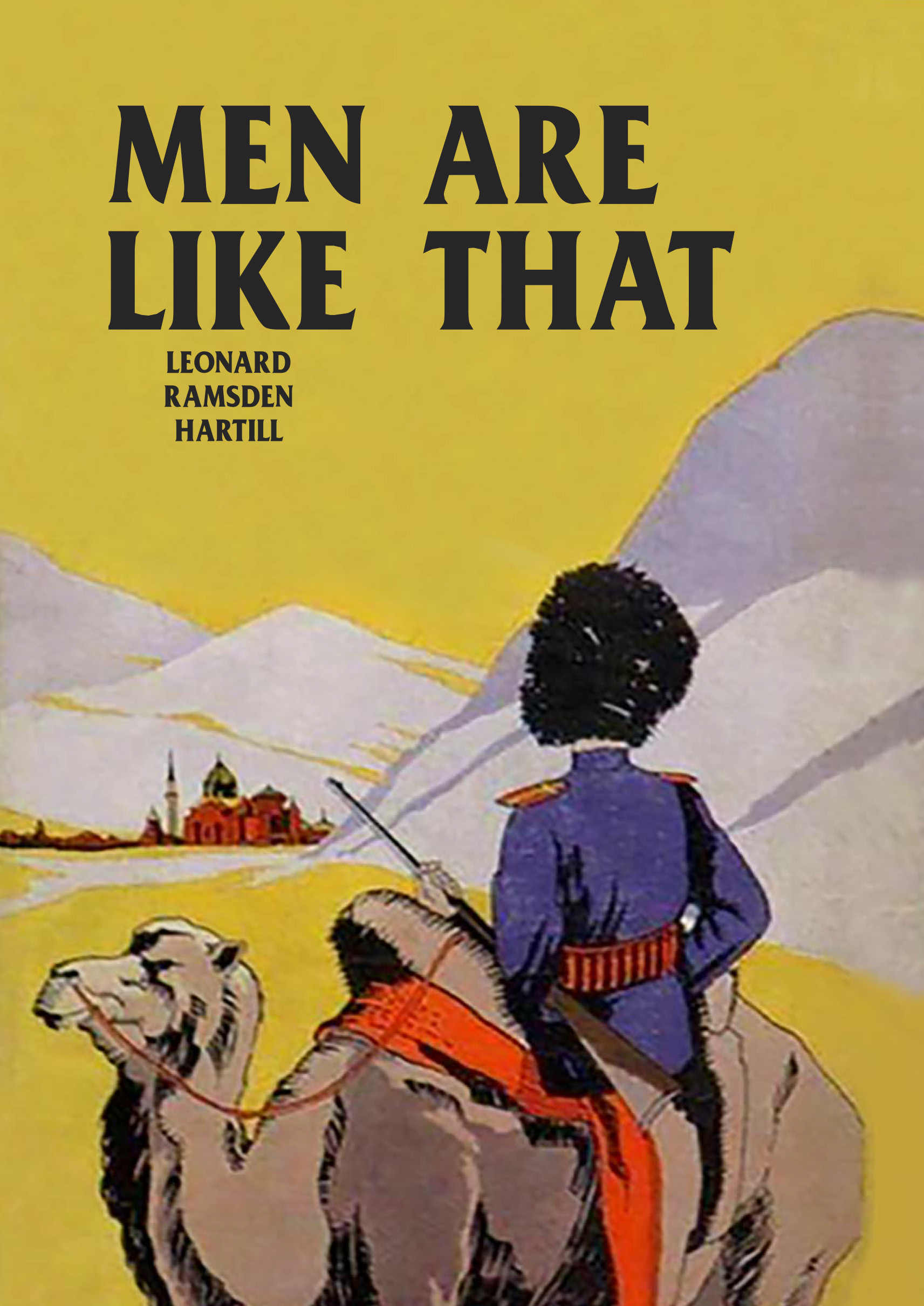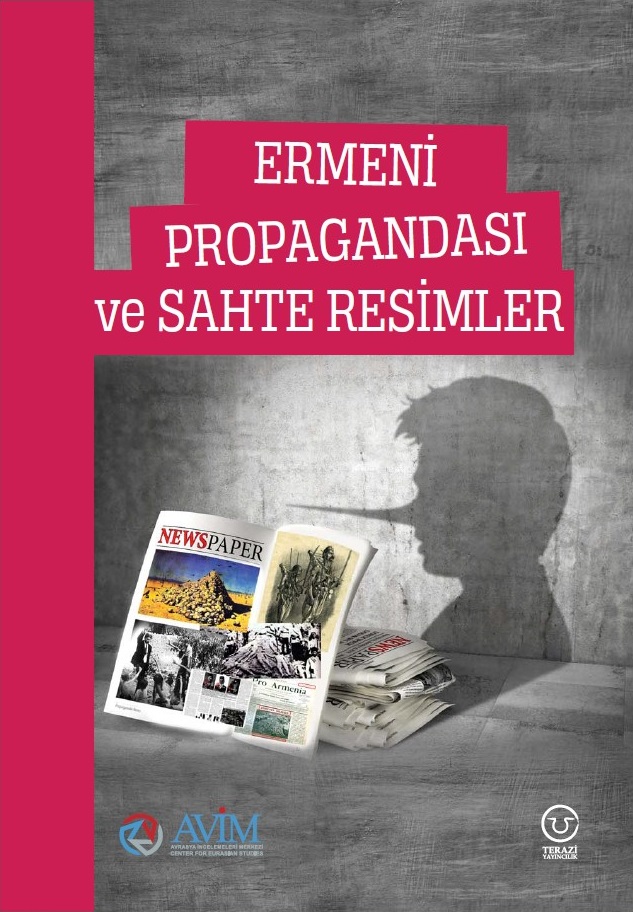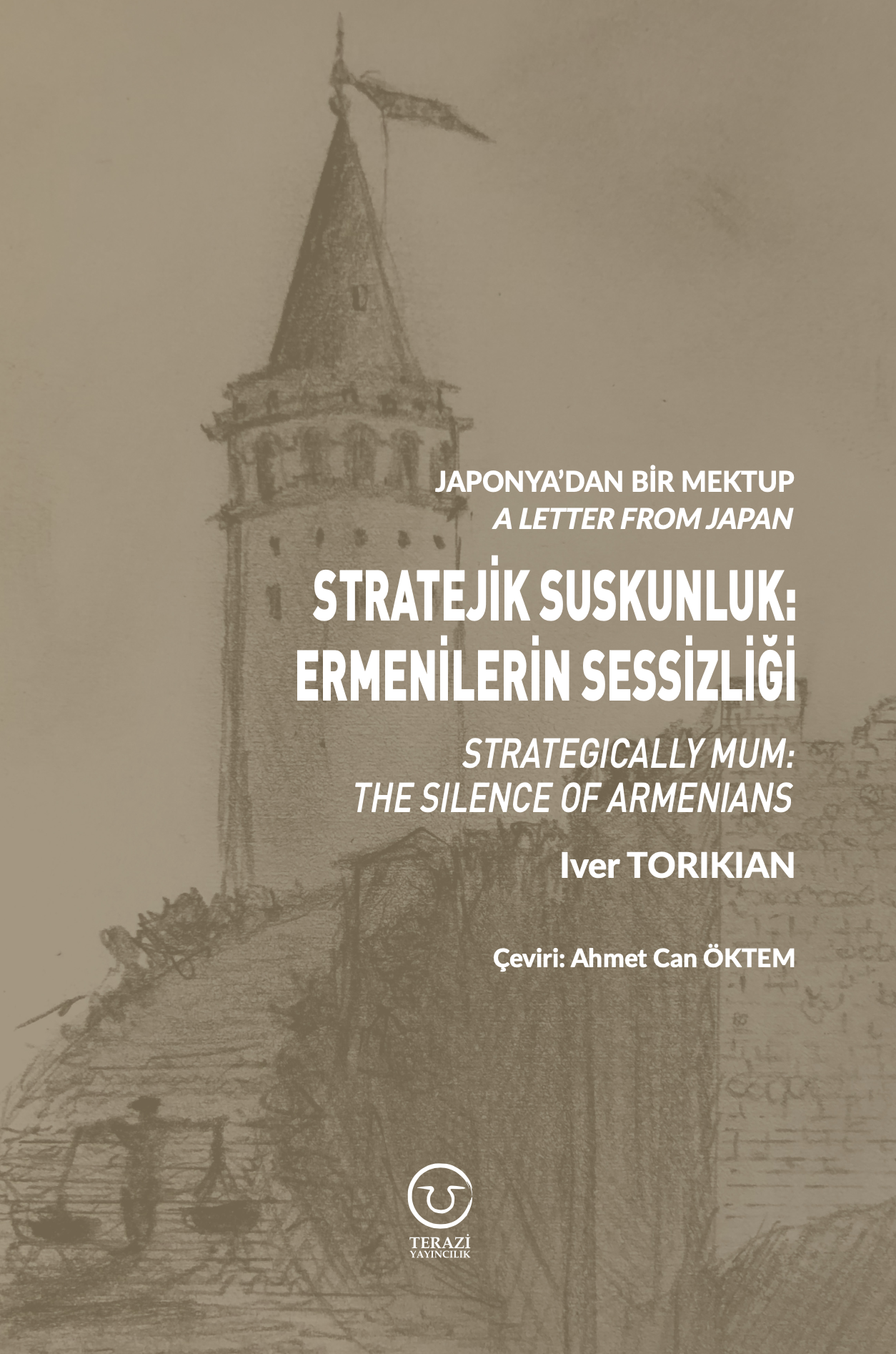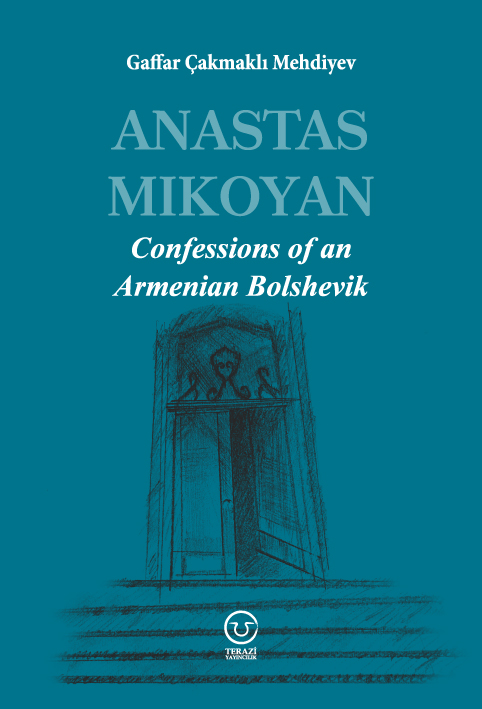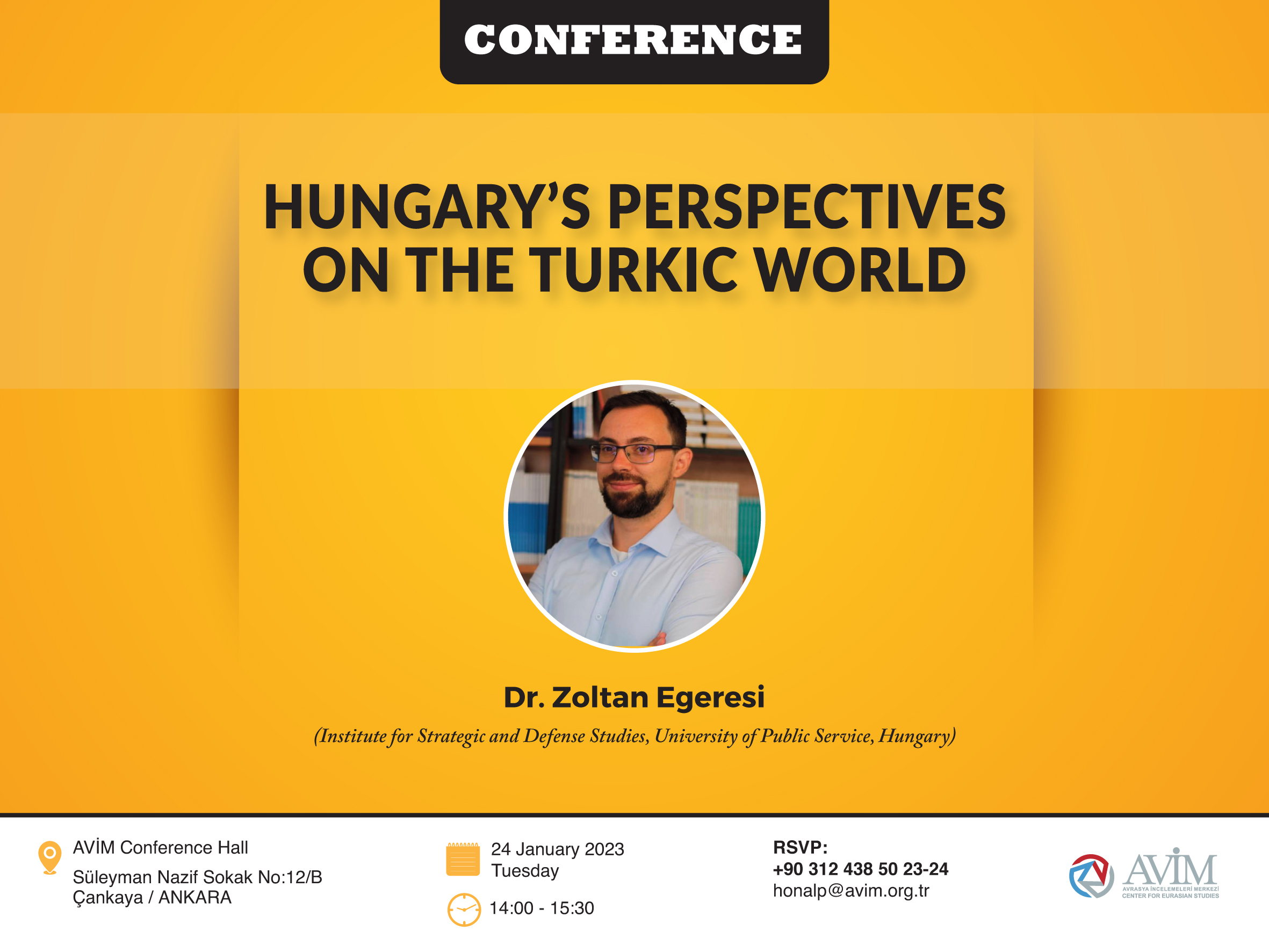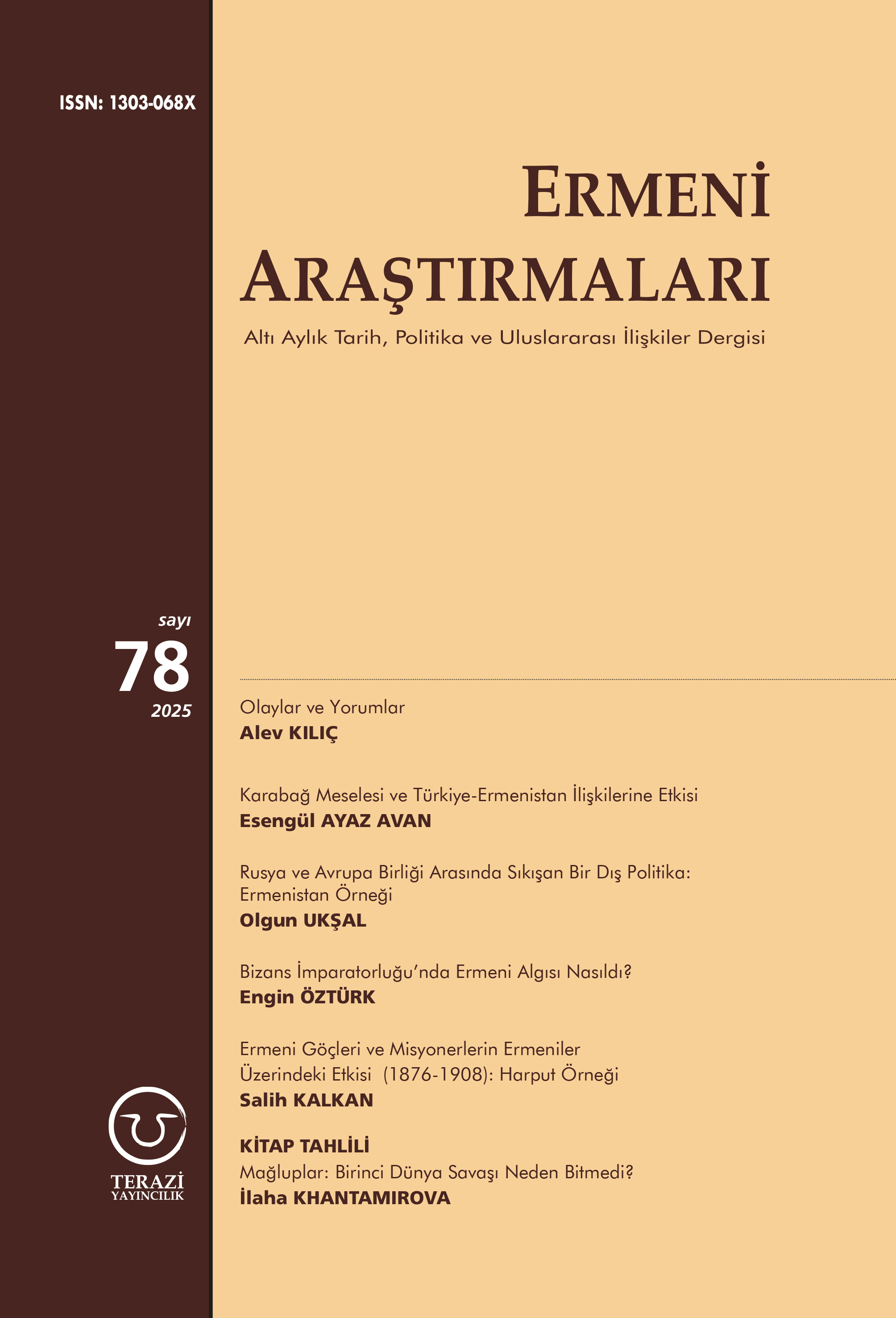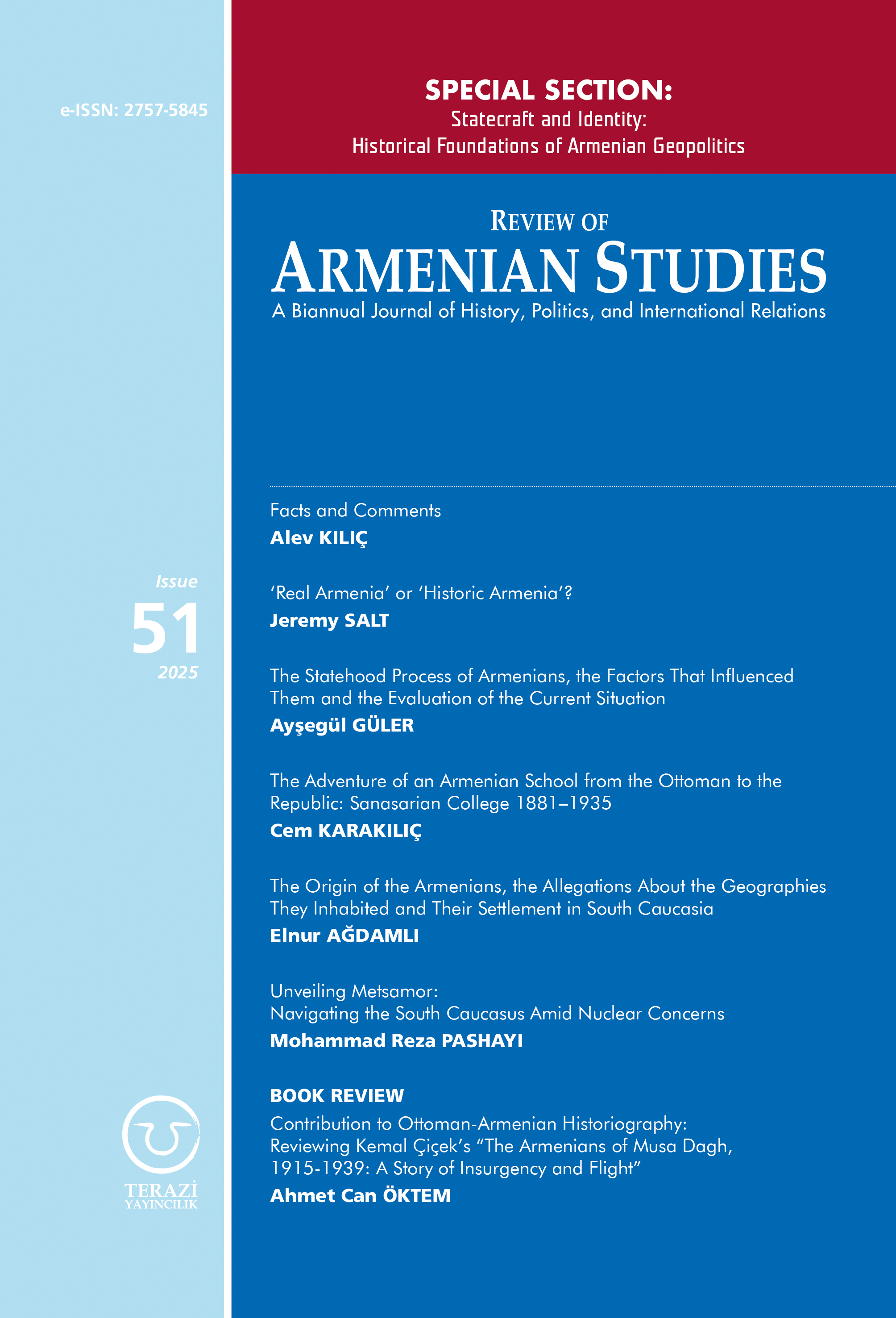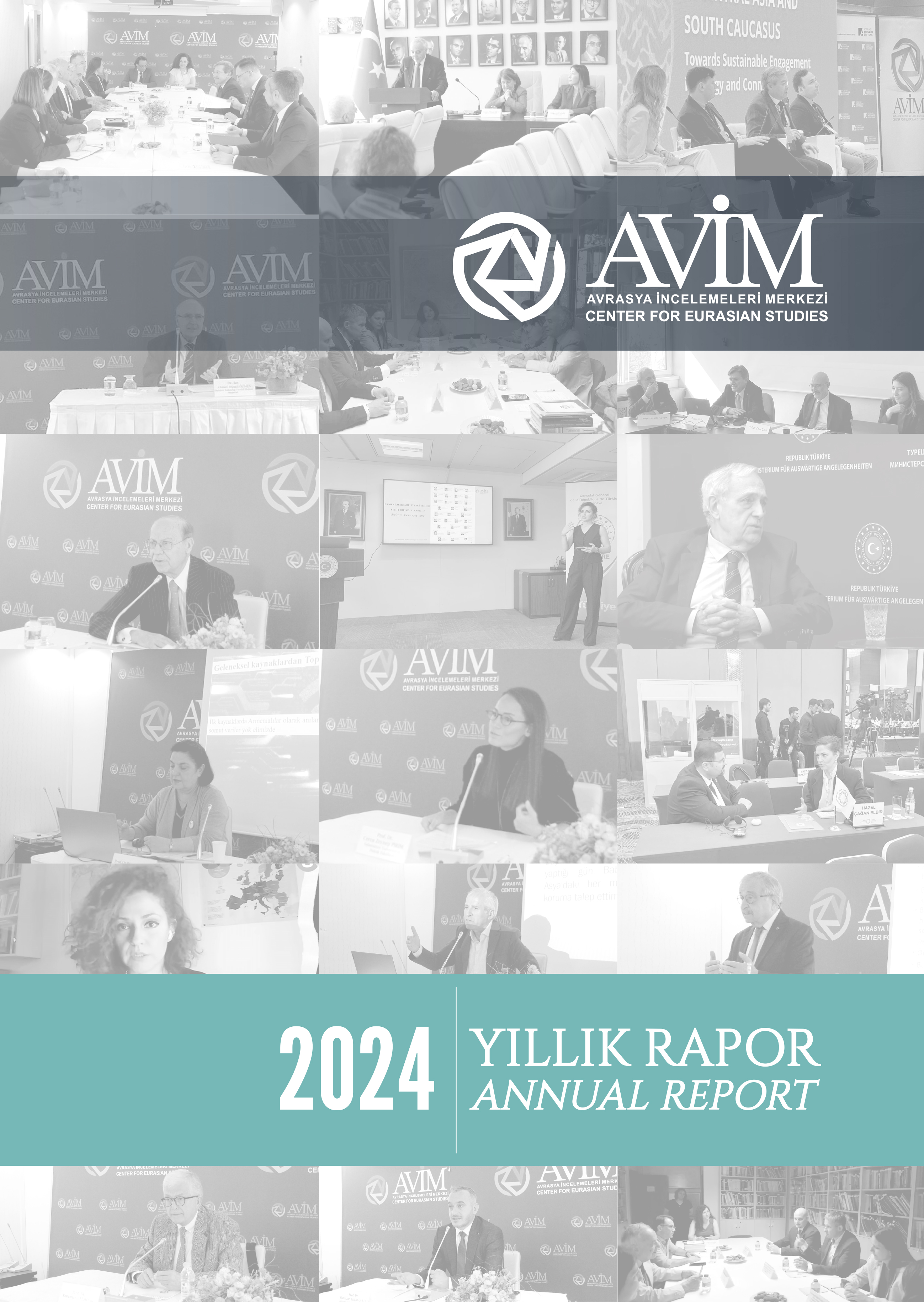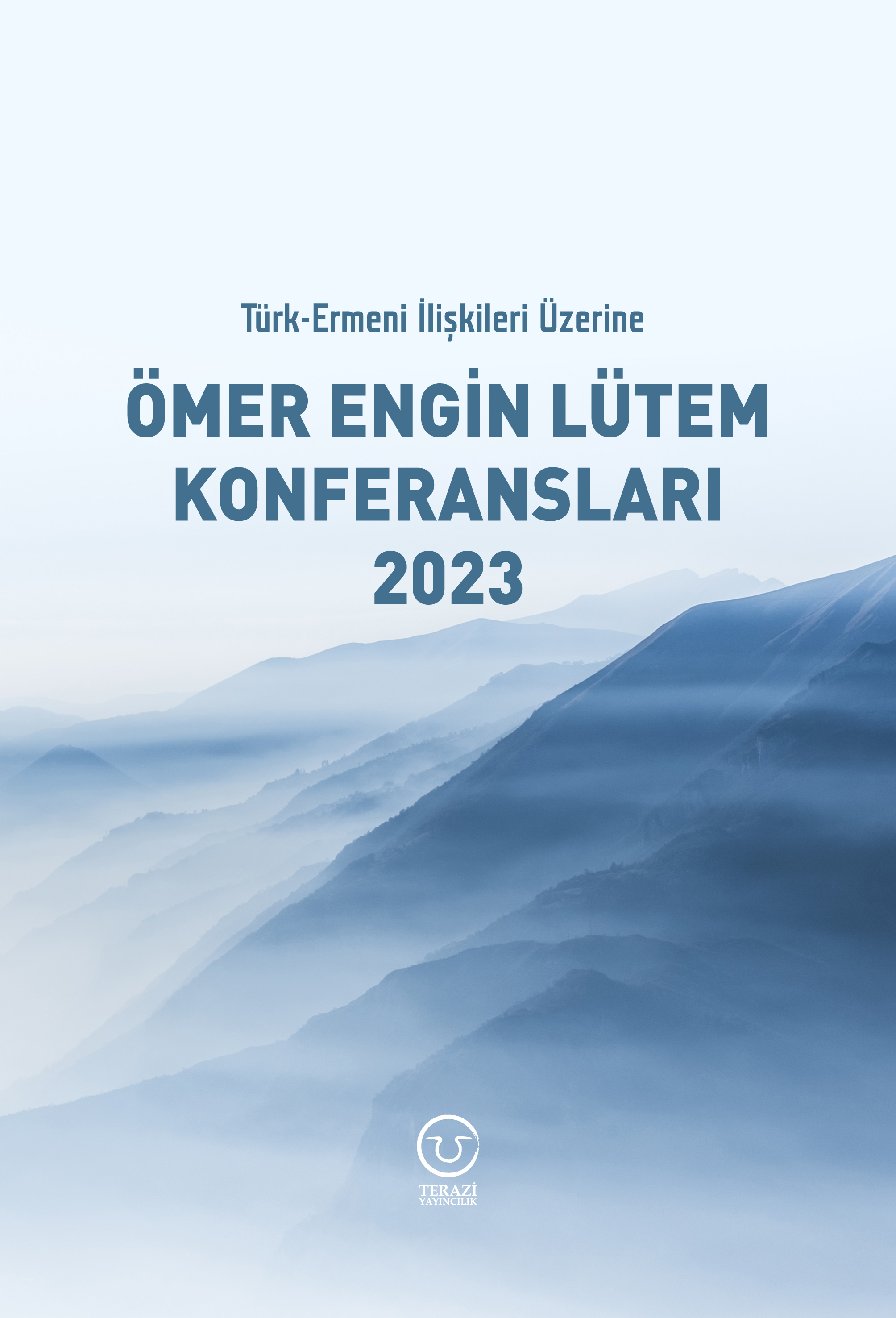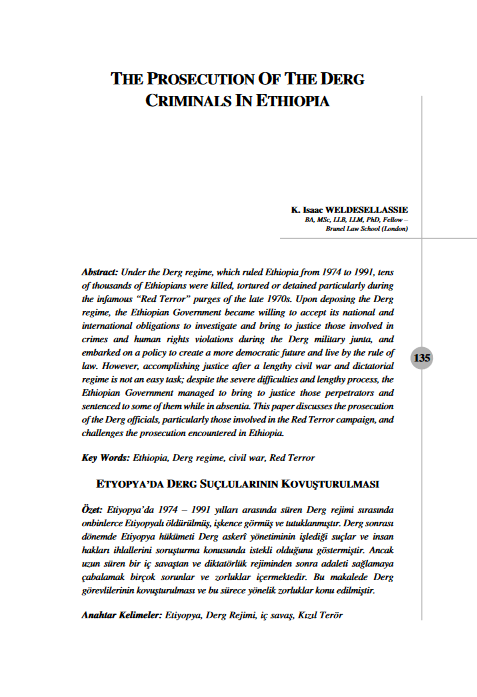The final years of the Ottoman State (Empire) and its collapse in the wake of the First World War were marked by numerous tragic events. Unfortunately, these events that affected all the peoples of the empire are frequently distorted and stripped of historical context for the sake of myopic nationalist and religious causes.
Since the early 1990s, the Greek government has been actively pursuing a campaign to bring the “Pontic (Greek) Question” (alleged by Greece to constitute genocide) to the attention of international public opinion. In line with this campaign, the Greek Parliament designated 19 May as the commemoration day for the “Pontic Genocide”, which is an obvious provocation against Türkiye since 19 May is a significant Turkish national day that marks the beginning of the Turkish liberation struggle (1919-1922).
Similar to the Armenian and Assyrian genocide allegations, the arguments used for the Pontic genocide allegations are essentially rooted in the manipulation of census data pertaining to these groups. This manipulation is carried out to construct a sensationalist narrative aimed at garnering a broader international audience. A series of grossly exaggerated figures are presented to draw attention to the Armenian, Assyrian, and Pontic causes.
In the Armenian narrative, it is alleged that 1.5 million Ottoman Armenians were killed during their wartime relocation in 1915-1916. However, in 1914, before the war began, the total number of Ottoman Armenians in the empire was barely 1.6 million. After the war, there were approximately 870,000 Armenian refugees from the Ottoman Empire, while more than 280,000 remained within the empire. Therefore, the actual loss of life among the Ottoman Armenians (which would encompass all causes including intercommunal warfare, famine, epidemics, and exposure to the elements) is estimated to be between 300-600,000.
In the Assyrian narrative, it is claimed that more than 700,000 Ottoman Assyrians were killed during the First World War by a campaign aimed at their annihilation. However, the total population of the Assyrians in the empire was significantly lower than that figure. David Magie, an American expert, compiled detailed census data on the pre-war population of the Ottoman State. At the Paris Peace Conference of 1919, the victorious Entente Powers regarded Magie’s figures as “strictly impartial” and used them as the basis for their decisions despite the fact that these powers possessed their own census data derived from their consular representatives in the empire. According to Magie’s figures, the total Assyrian population in the Ottoman State was 275,000, which is an indication that the claim of “700,000 Assyrians killed” is based on pure imagination.
Like the Armenian and Assyrian narratives, at the heart of the “Pontic Genocide” argument lies the manipulation of census data regarding the Greek population in this region. A number of grossly exaggerated figures are presented to garner maximum attention for the Greek nationalist cause. In this context, the Greek government claims that more than 350,000 individuals were deliberately killed. However, even the information provided by Greek historians expose the fraudulent nature of these figures. For example, historians P.M. Kitromilides and A. Alexandris estimate that the size of the Greek population in the “Eastern and Western Pontus regions” (the provinces of Sivas, Trabzon, and Kastamonu) was approximately 480,000. Professor J. McCarthy, an American historian and demographer, on the other hand, places the size of the Greek population in this region to be around 390,000. Of this pre-war Greek population, approximately 200,000 fled to Russia, while 183,000 moved to Greece as part of the population exchanges between Türkiye and Greece. These figures indicate that it is impossible to substantiate the Greek government's claim that more than 350,000 Pontic Greeks were killed.
What is disturbing about all three of these genocide narratives is the complete disregard for the Ottoman Muslims who lost their lives during the same period in the same wartime conditions. During this period, no less than 2.5 million Muslim civilians perished in roughly the same geographical regions. What unites these three narratives, which are now frequently lumped together as the “Christian Genocide” (an attempt to capitalize on the Islamophobic trends in Western countries), is the blatant animosity towards Turks and the trivialization of their suffering. All three of these anti-Turkish campaigns vehemently deny that horrific crimes were committed against Ottomans Muslims, and portray the totality of the Armenians, Assyrians, and Greeks (“the Christians”) as being entirely innocent and helpless.
In this connection, it might be useful to remember Article 59 of the Treaty of Lausanne, which was signed in 1923 and formally ended the war between Türkiye and Greece. The article clearly establishes the guilt and responsibility of the Greek government in the whole carnage of the preceding period: “Greece recognizes her obligation to make reparation for the damage caused in Anatolia by the acts of the Greek army or administration which were contrary to the laws of war.”
Yet, even after Greece’s own guilt and responsibility for the massive destruction and colossal crimes committed in Anatolia were recognized in an international treaty, the Greek government has the audacity to make baseless accusations of genocide. This points towards a troubling lack of moral standards in the Greek government and its ruling elite.
*Picture: Map by Justin McCarthy (2011) showing the forced displacement of Muslims and Christians in and around the Ottoman State between 1770-1923. The map demonstrates the difficulty of ascertaining the fate of various populations during times of massive social upheavals such as wars and the problematic nature of nationalist/religious narratives that oversimply complex demographic events for the sake of sensationalism.
© 2009-2025 Center for Eurasian Studies (AVİM) All Rights Reserved
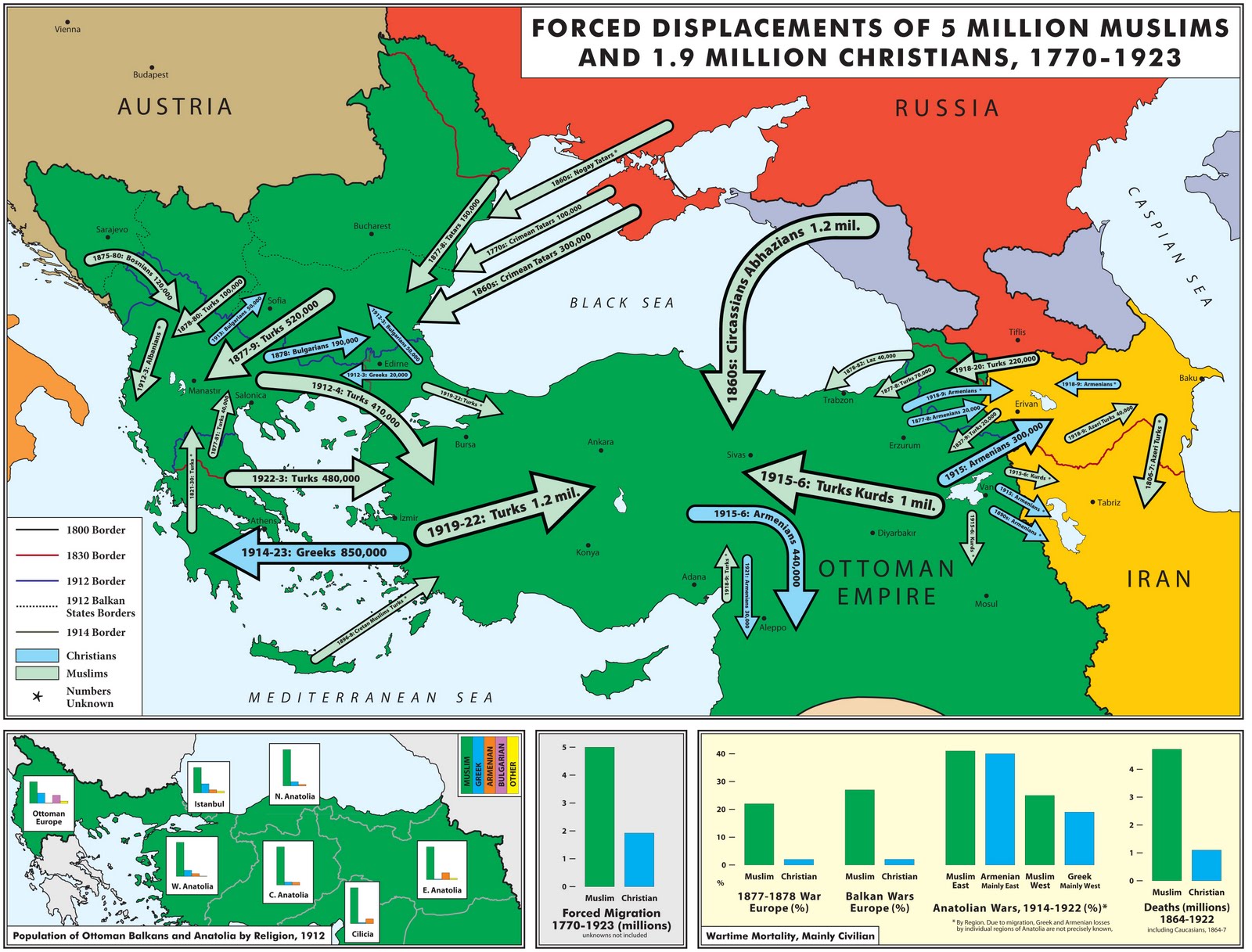
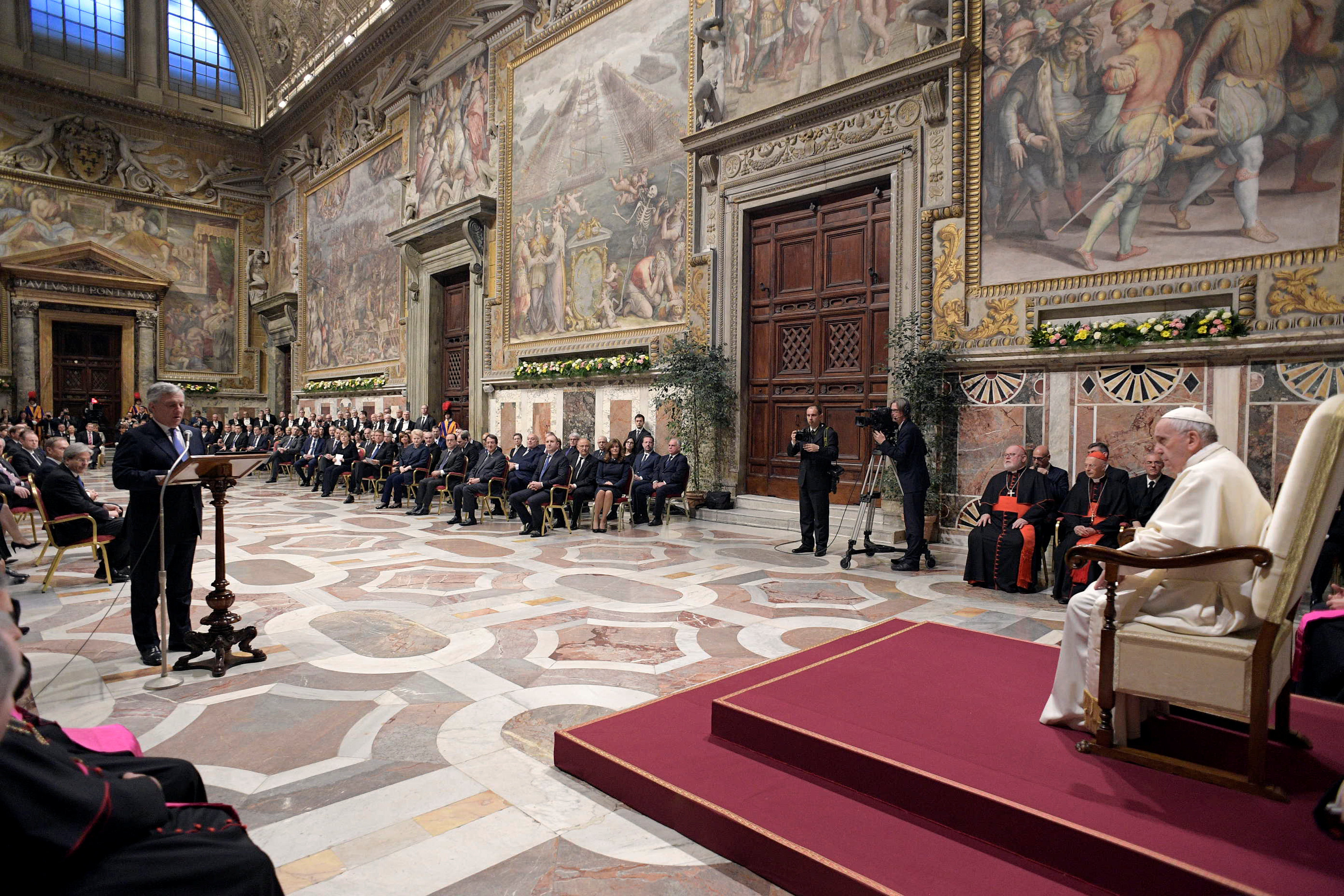 THE EUROPEAN UNION HAS COMPROMISED ITS FOUNDING PRINCIPLES DURING ITS 60TH ANNIVERSARY CELEBRATIONS
THE EUROPEAN UNION HAS COMPROMISED ITS FOUNDING PRINCIPLES DURING ITS 60TH ANNIVERSARY CELEBRATIONS
 THE SWISS BANK ACCOUNT OF KAREKIN II
THE SWISS BANK ACCOUNT OF KAREKIN II
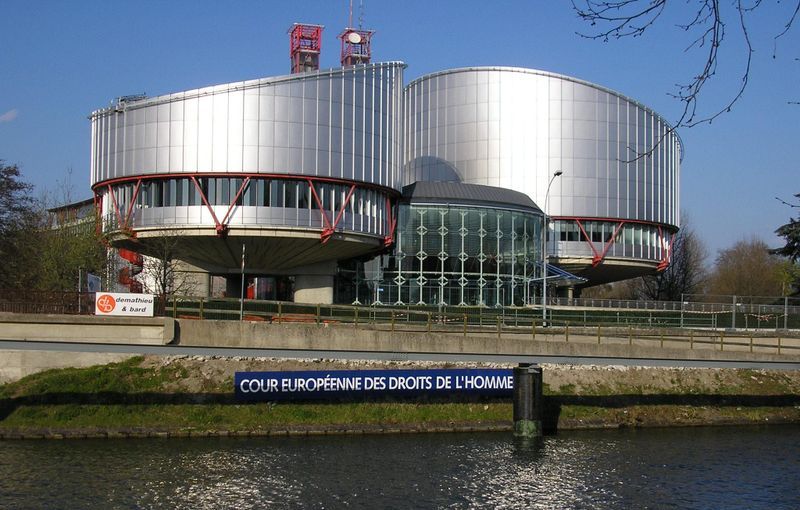 ARAM I’S EFFORTS TO GUIDE THE EUROPEAN COURT OF HUMAN RIGHTS
ARAM I’S EFFORTS TO GUIDE THE EUROPEAN COURT OF HUMAN RIGHTS
 THE AMBIGIOUS RESOLUTION ADOPTED BY THE BELGIAN HOUSE OF REPRESENTATIVES REGARDING THE EVENTS OF 1915
THE AMBIGIOUS RESOLUTION ADOPTED BY THE BELGIAN HOUSE OF REPRESENTATIVES REGARDING THE EVENTS OF 1915
 NAGORNO-KARABAKH AND CRIMEA: A COMPARISON OF DOUBLE STANDARDS
NAGORNO-KARABAKH AND CRIMEA: A COMPARISON OF DOUBLE STANDARDS
 FROM TERRORISM TO INVASION AND MASSACRE: GILBERT LEVON MINASSIAN
FROM TERRORISM TO INVASION AND MASSACRE: GILBERT LEVON MINASSIAN
 ECONOMIC INTEGRATION GROWS IN INDO-PACIFIC
ECONOMIC INTEGRATION GROWS IN INDO-PACIFIC
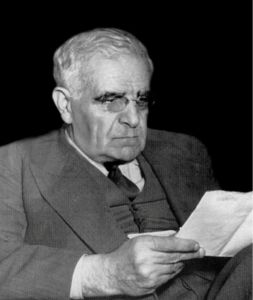 THE OTHER SIDE OF THE COIN: 24 APRIL
THE OTHER SIDE OF THE COIN: 24 APRIL
 RECENT CHANGES IN ARMENIAN GOVERNMENT
RECENT CHANGES IN ARMENIAN GOVERNMENT
THE RESOLUTION OF THE EUROPEAN PEOPLE’S PARTY - Ömer Engin LÜTEM
